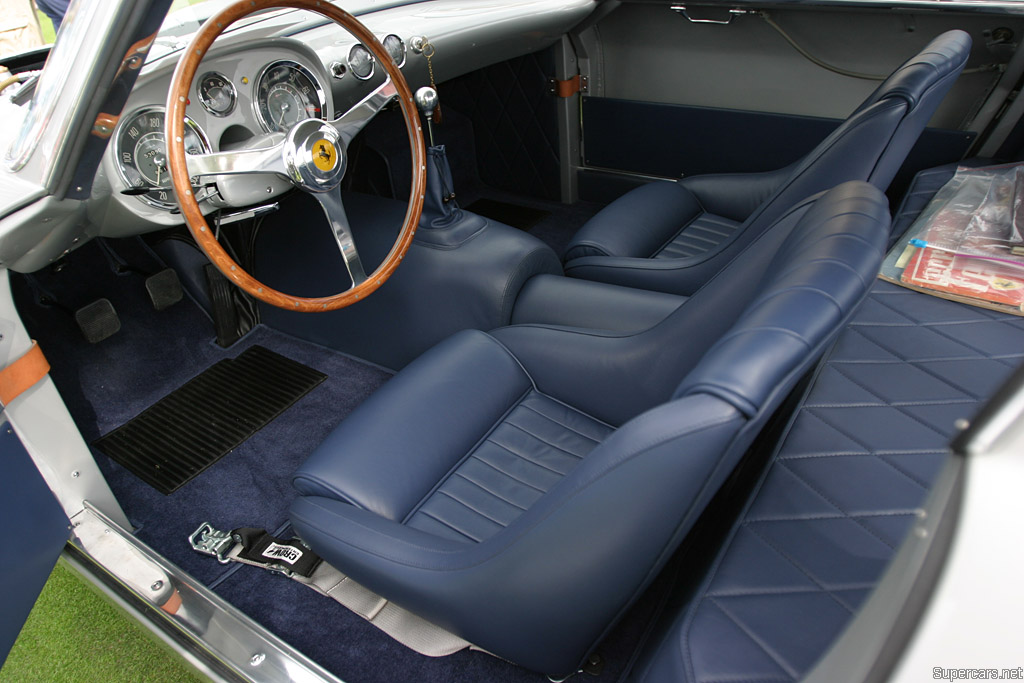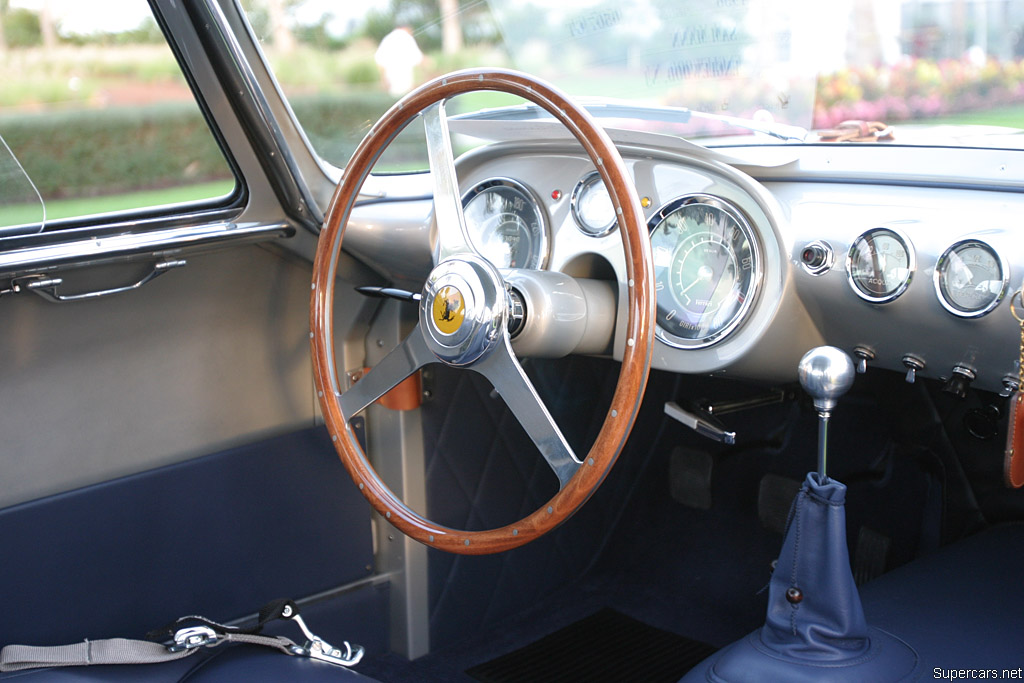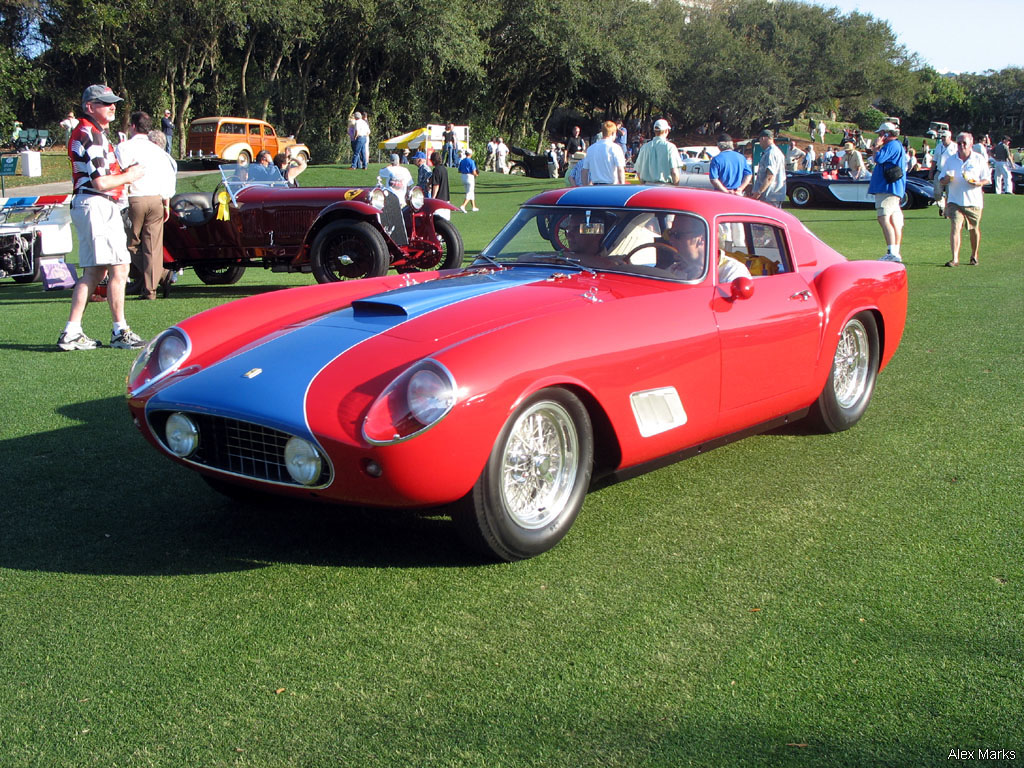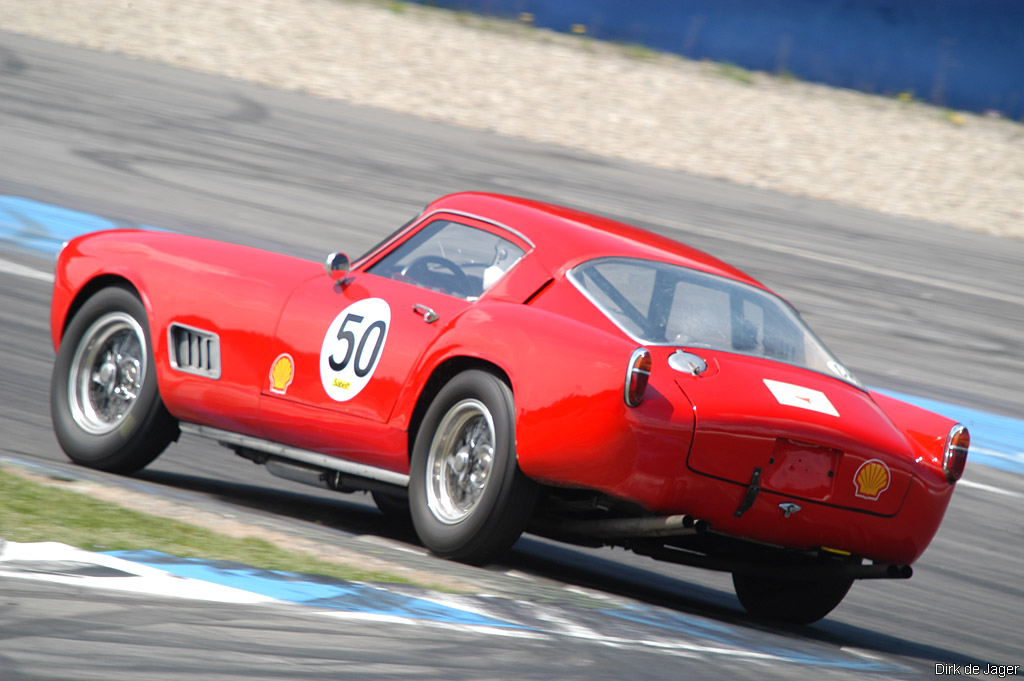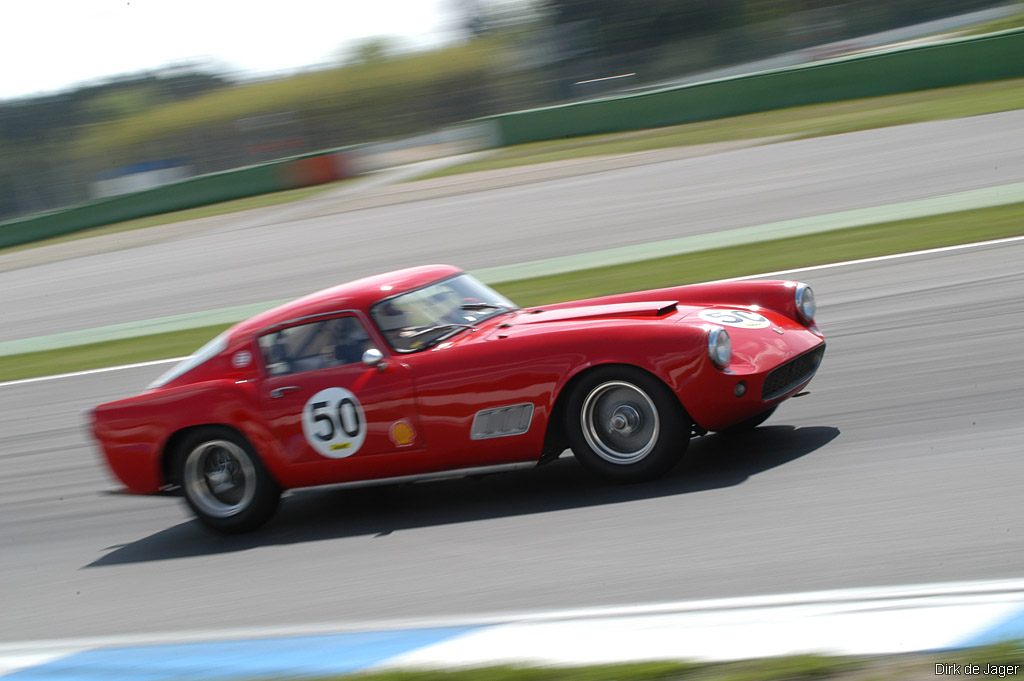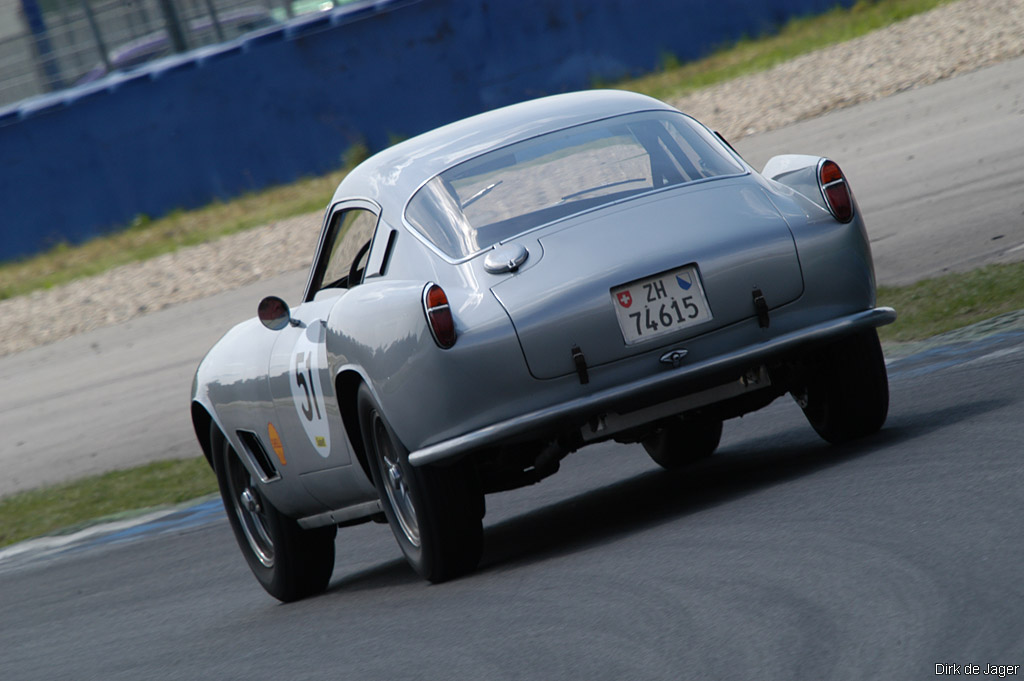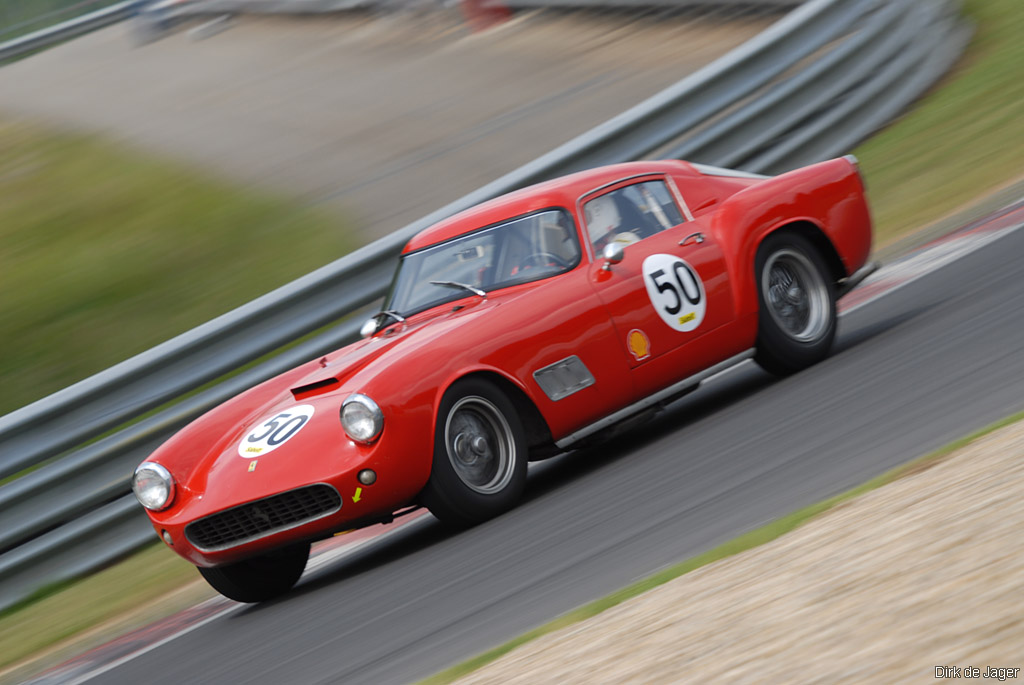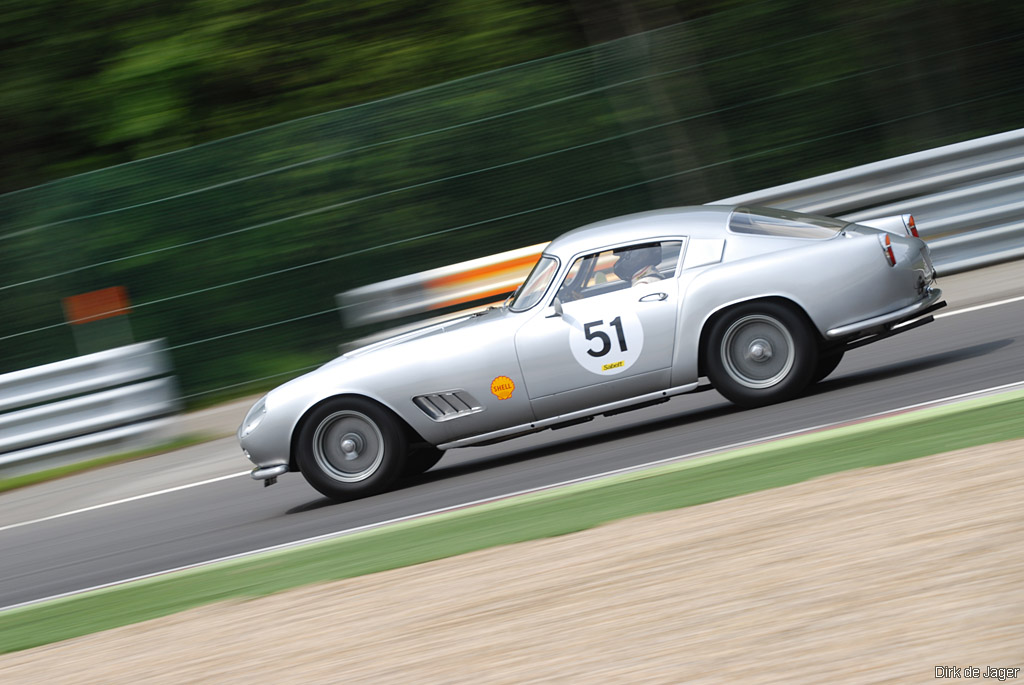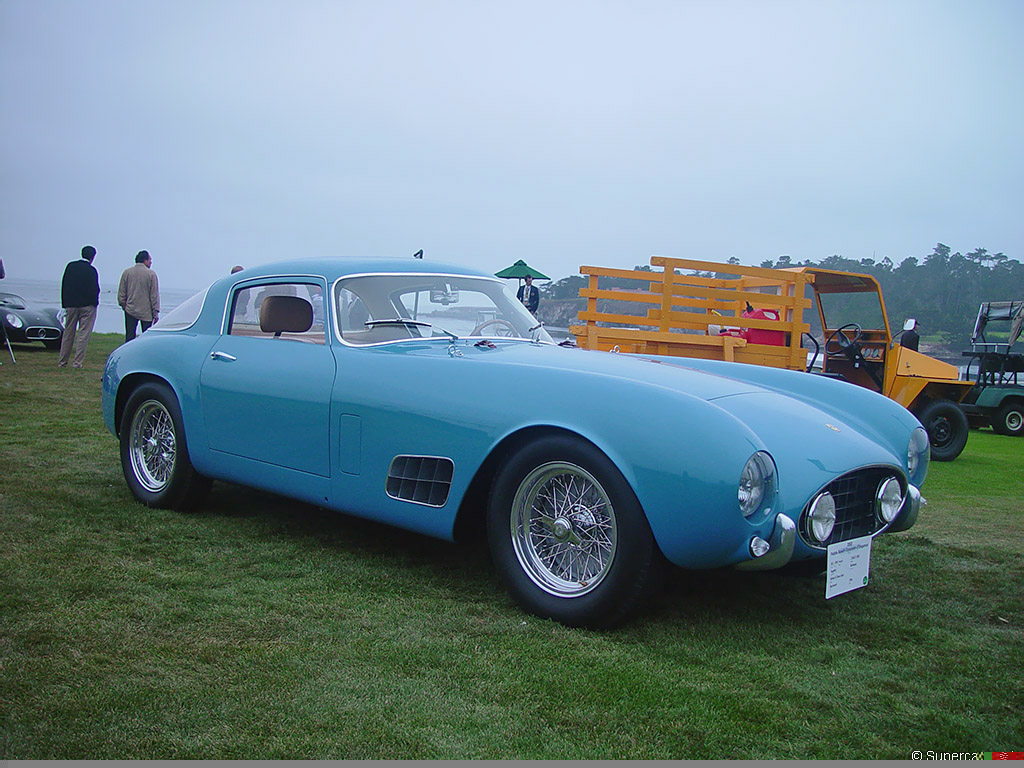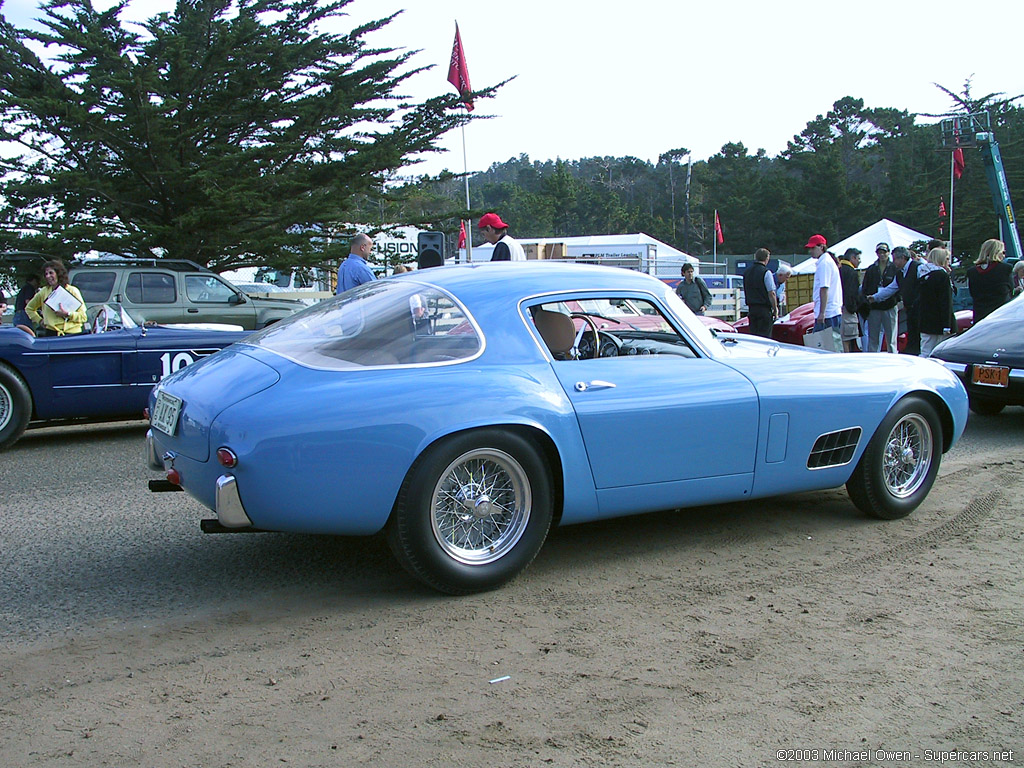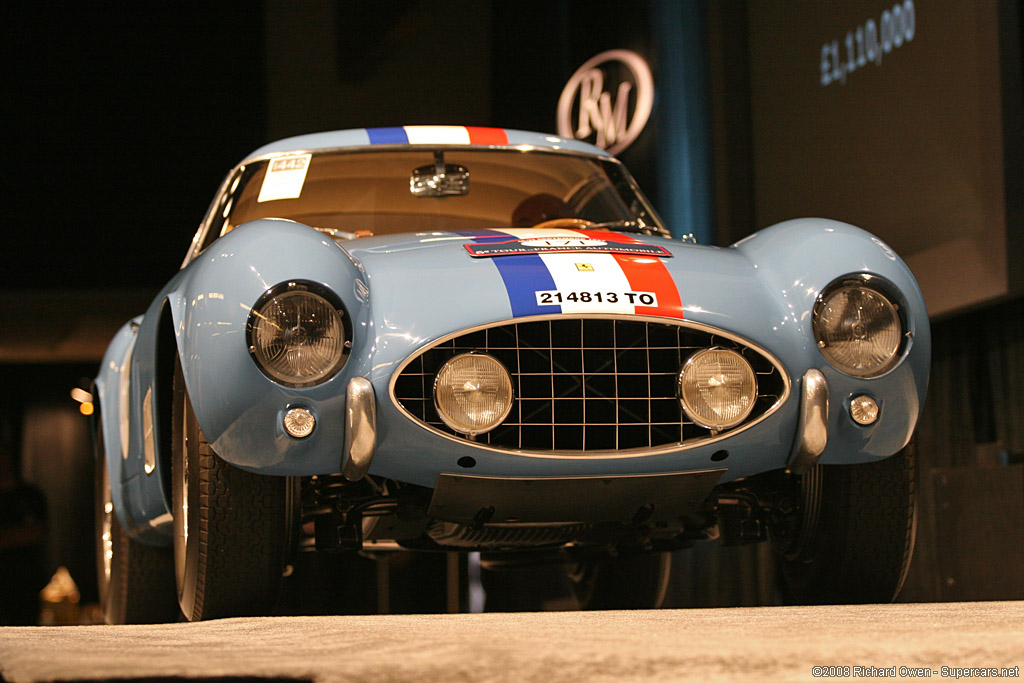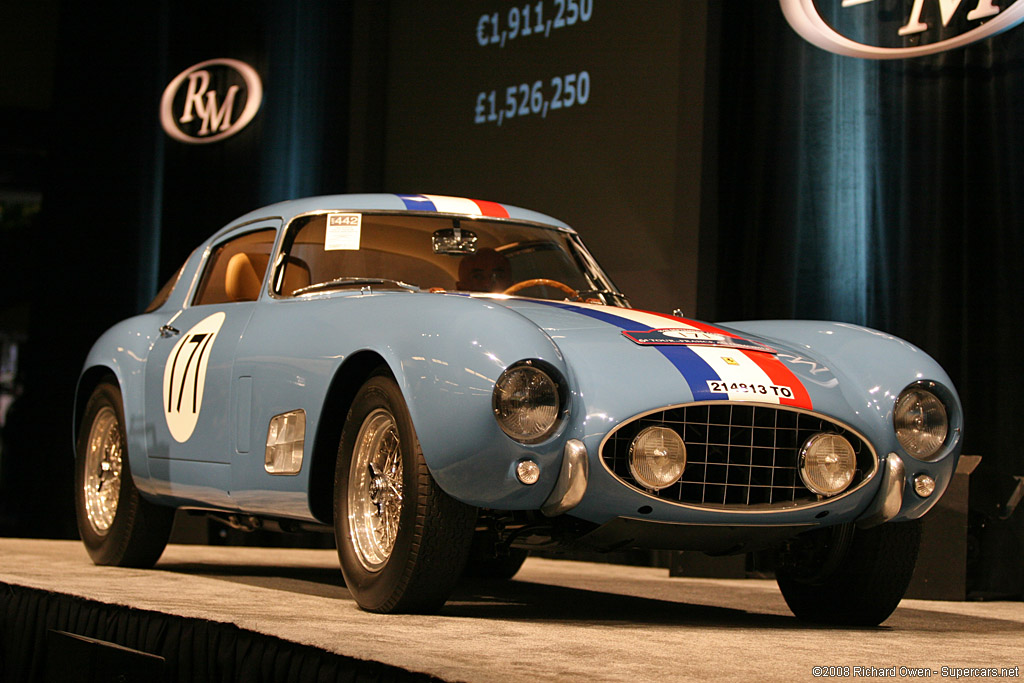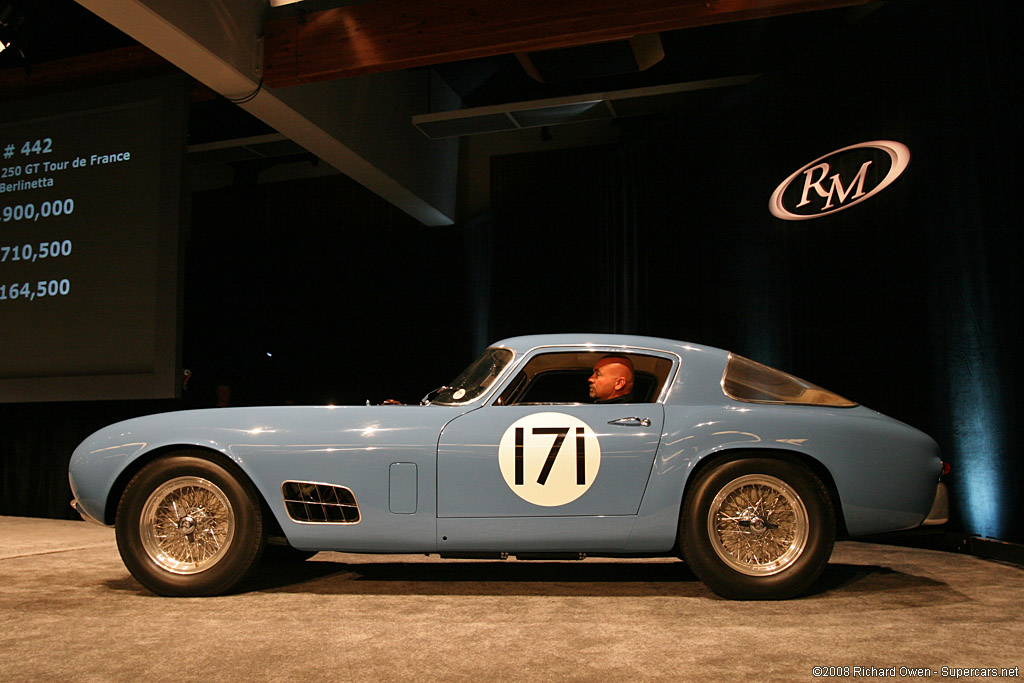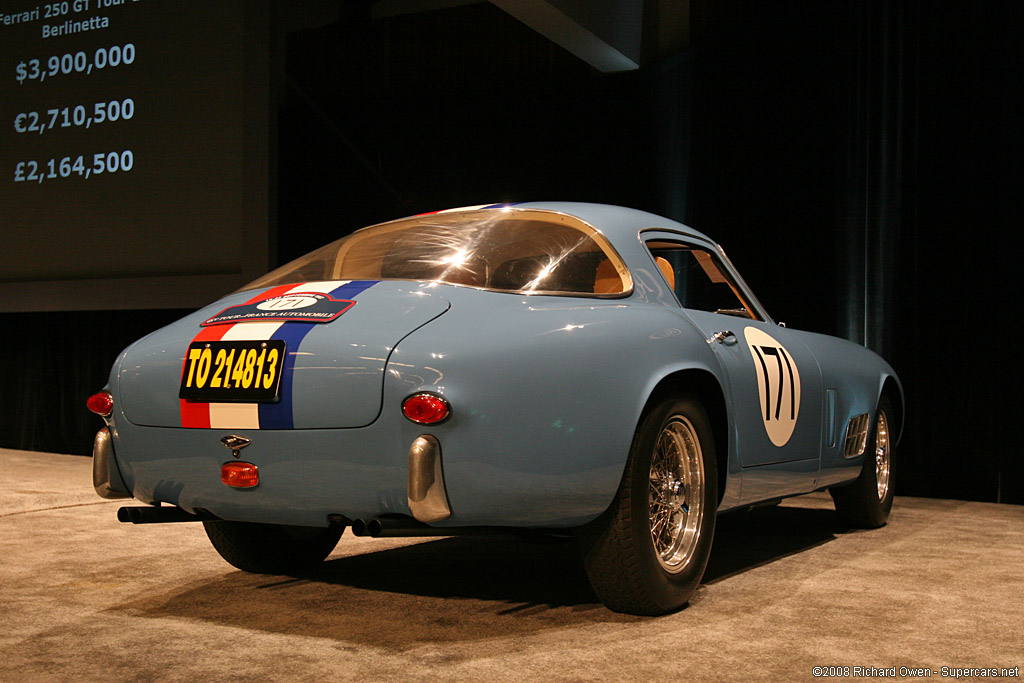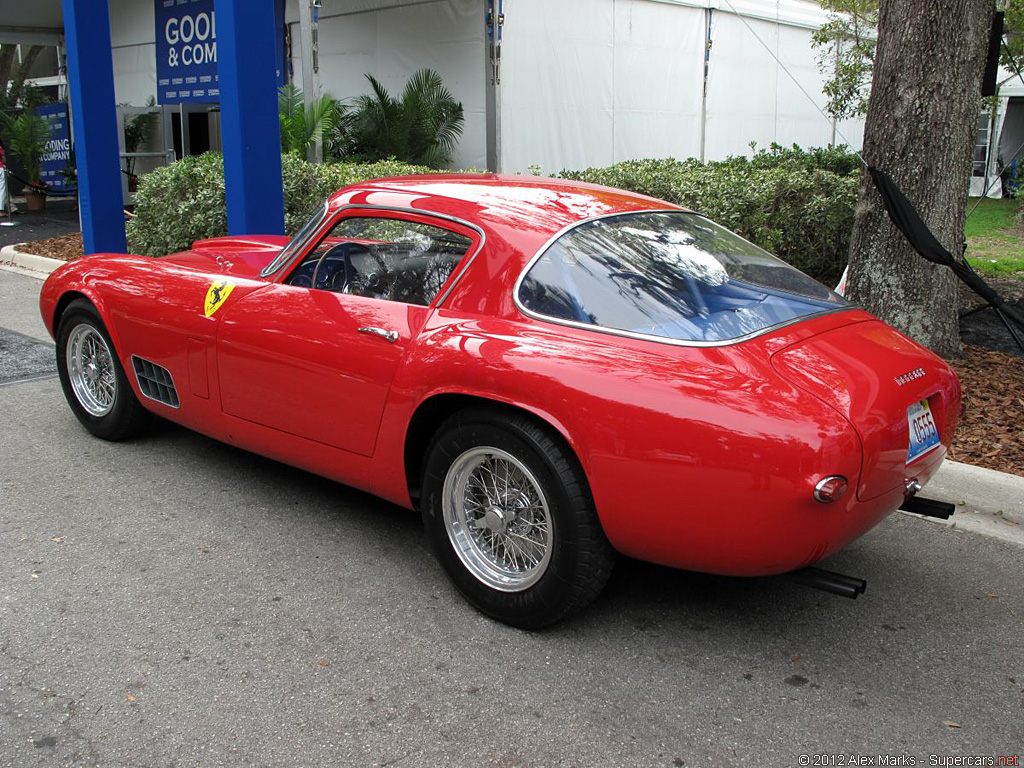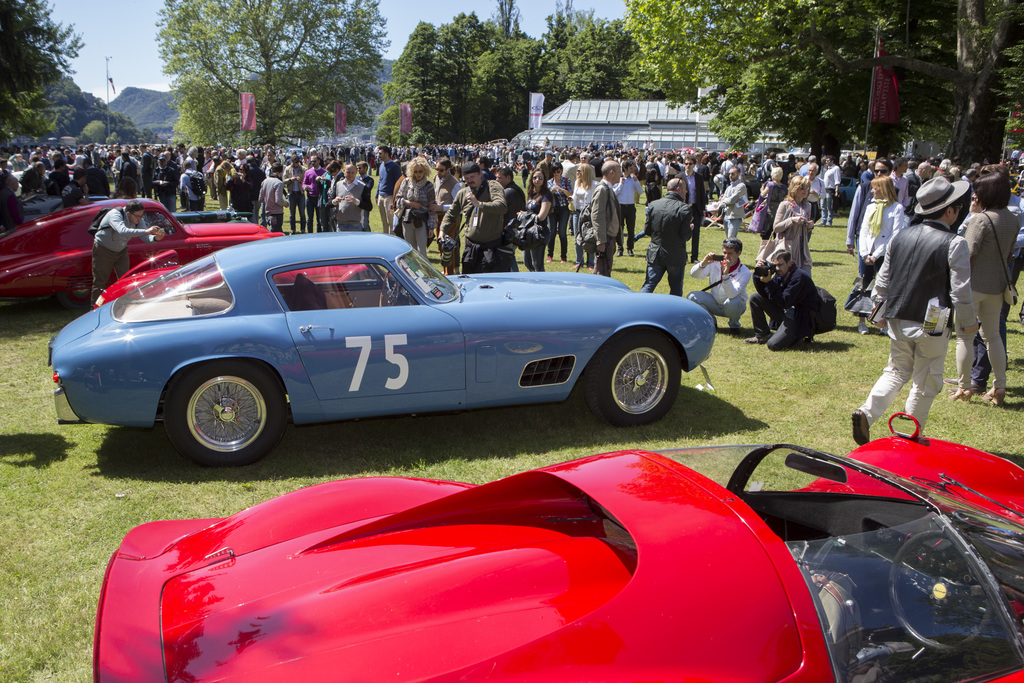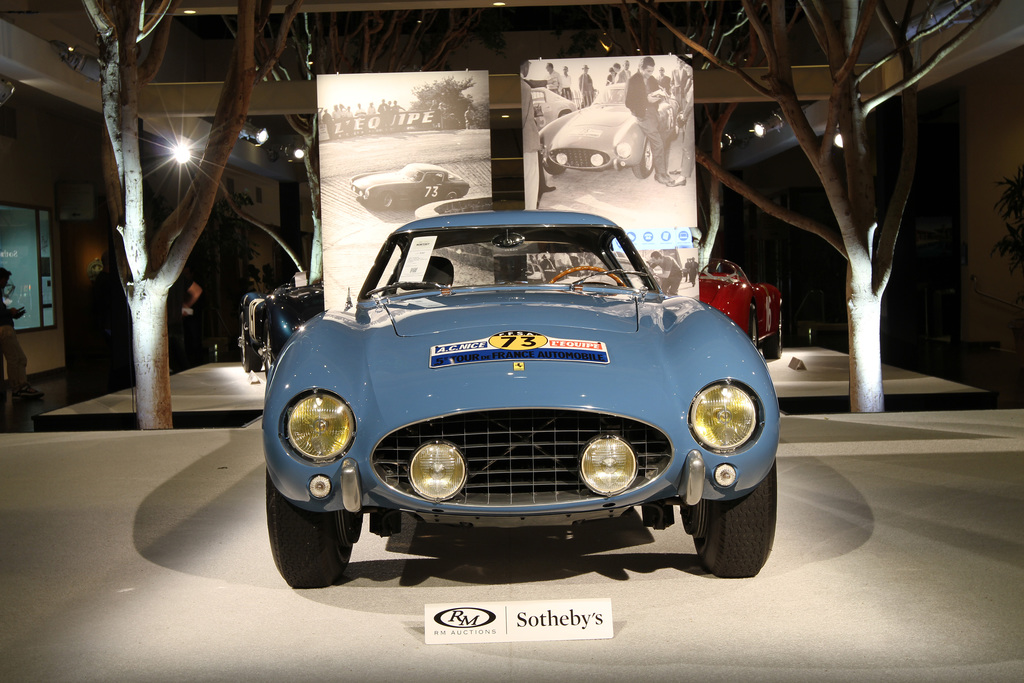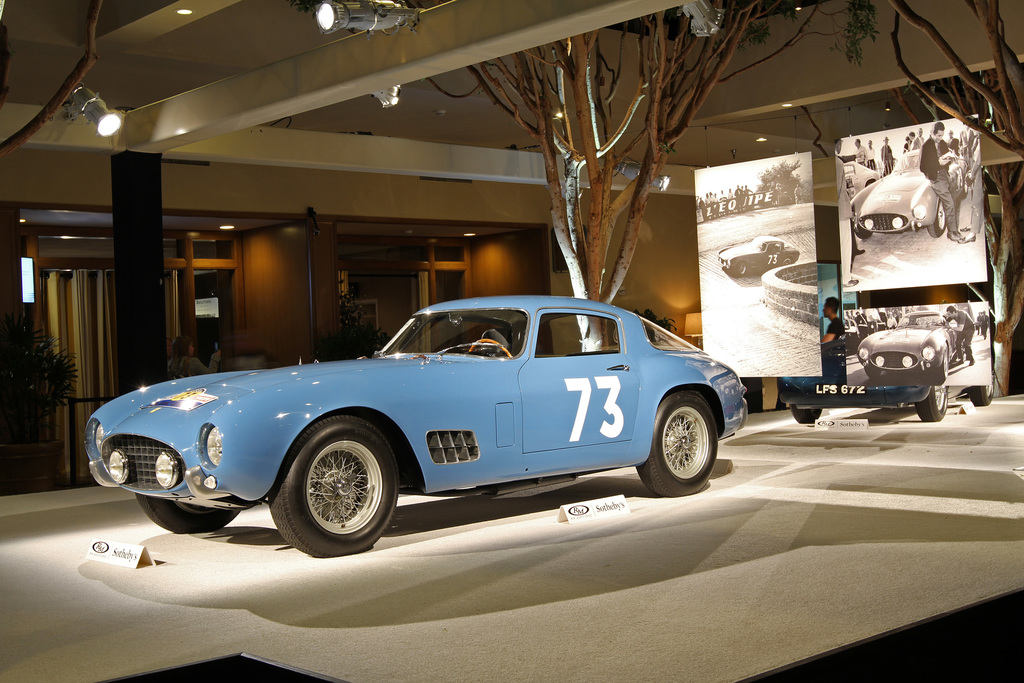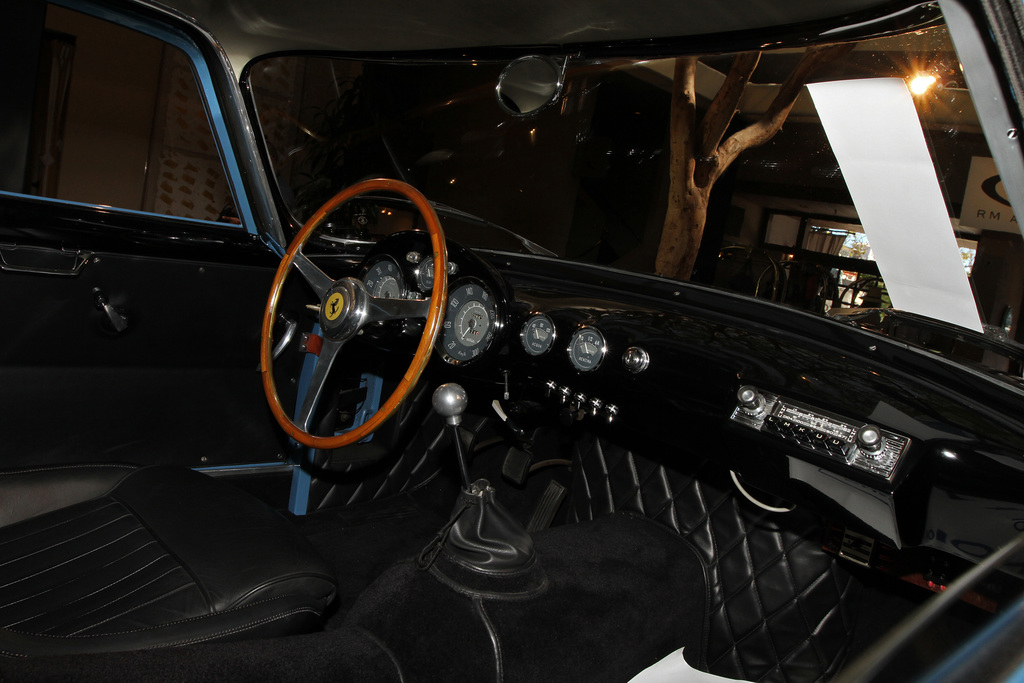1956 Ferrari 250 GT Berlinetta Gallery
Enjoy the almost 100 images and photos we have taken over the years of the 250 GT Berlinetta. Each 250 GT Berlinetta chassis received a hand-crafted body, and most were bodied by Scaglietti & C. based on four Pinin Farina showcars. Zagato, a Milanese design house known for their lightweight construction, bodied some particularly potent examples and Camillo Luglio became an Italian Champion in his.
Progressive development and hand crafted bodies meant that no two 250 GT Berlinettas were the same. Differences were incorporated into the body from year to year, with subtle details such as sliding or wind-up windows, cowled or covered or plain headlights and varied hood louvers distinguishing each car.
Read more about the Ferrari 250 GT Berlinetta


